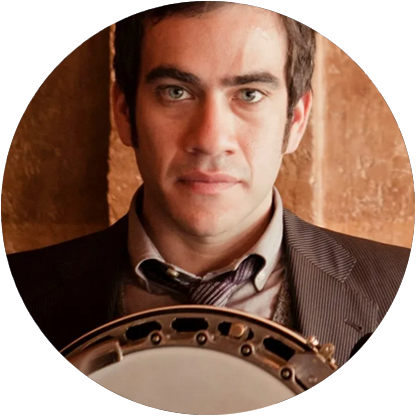
Remembering Earl Scruggs at 100
It’s impossible to think of bluegrass music today without Earl Scruggs. The prints of his fingerpicks are everywhere. And this month, he would have turned 100.
Earl Scruggs is the man who invented the modern bluegrass banjo, and as a result, modern bluegrass. There’s even a banjo-playing style named after him: Scruggs Style. It’s what you think of when you think of bluegrass banjo. Fast-rolling finger-picking. Open drone strings. Tight, tight melodies. And he did it with three fingers, well, technically two fingers and a thumb. Before that, the universal style was clawhammer, where a player used just their index finger and their thumb. Scruggs’s revolution was adding the middle finger to allow for smooth rippling rolls and a faster attack. With that, bluegrass became bluegrass.
Earl Scruggs got his professional start playing with Bill Monroe and his Blue Grass Boys, famously picking on Blue Moon of Kentucky, before setting out with Lester Flatt. In 1959, his tour took him to Newport, where he played at the first Folk Festival, along with fellow pickers the New Lost City Ramblers.

Photo by David Gahr
For his 100th Birthday, we looked to a few pickers from our Newport Folk family to see what they think about Scruggs’ enduring legacy.

Béla Fleck
“That Earl Scruggs sure turned everything upside down for a bunch of us! He figured out how to grow the budding three finger idea into an elegant, beautiful and exciting new language. And something about hearing his amazing musicality and sound for the first time had the power to instantly convert one to a lifelong banjo person. My life path turned hard the very moment I first heard him play. I’m so thankful that he found his way to the banjo. Life is better upside down!”

Jerry Douglas
“There was no bluegrass until there was Earl Scruggs. Bill Monroe was looking for it, but it wasn’t until he auditioned Earl when he finally found it.”

Steve Martin
“Before him, no one had ever played the banjo like he did. After him, everyone played the banjo like he did, or at least tried.”

Billy Failing
“Earl Scruggs is the gold standard of the bluegrass banjo. Where his banjo playing has become synonymous with a traditional bluegrass sound, it’s important to remember just how much of an innovator he really was. In his hundredth year, his playing inspires me as much as ever, and I find much to learn from in the essence of his musicality – how he could play the banjo in his own way, seamlessly making traditional music sound modern, but also somehow playing it like it was always meant to be played.”

Yasmin Williams
“Earl Scruggs was not only a monumental figure in the history of banjo playing, but also in the history and formation of bluegrass music in general. The importance of his musical contributions to bluegrass music and banjo playing can never be overstated and will always live on in the myriad of players that he has inspired to play the banjo, including myself.”

Nora Brown
“Earl Scruggs, known for defining the three-finger roll that is so characteristic to bluegrass is also a figure that brings together the often opposed camps of old-time music and bluegrass. In Scruggs’s interpretations, you can hear older traditions peek through in different places. He shows us that these genres are maybe not as separate as we’re told they are.”

Noam Pikelny
“Earl Scruggs was the bedrock. He didn’t discover the language of bluegrass banjo, he invented it. Scruggs Style of playing the banjo sounds so true, it’s so perfectly suited to the instrument, it is what people hear in their subconscious when they think of the banjo. Scruggs’ Style sounds so elemental that one could easily assume that it always existed in the universe, and like gravity or electricity, it just took the right person to discover it. While his voice on the instrument may sound like a law of nature, these were the sounds that he was hearing in his head. Scruggs was an intersection of ingenuity, virtuosity and imagination. He truly had it all.”
BONUS CONTENT

Jerry Douglas
“Flatt & Scruggs had a certain look that was all their own. I remember seeing them when I was about five or six years old, and they looked so good. They had all this choreography and they played like… well, I’d never heard anything like it. So I wanted that to be part of what we did with The Earls of Leicester. We all hesitated for a second and wondered can we do this? Can we play like that? Well, here we are.”

